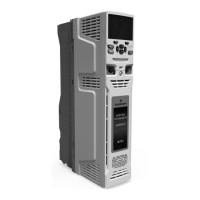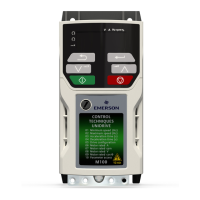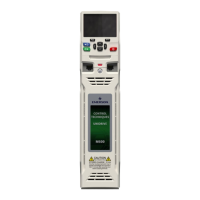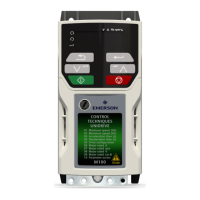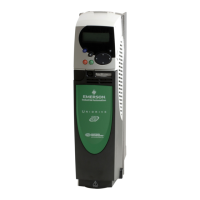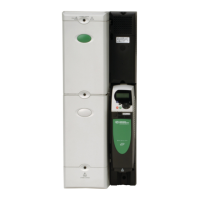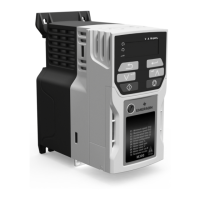16 SI-Ethernet User Guide
Issue: 1
5.5 Class types
IP addresses are grouped into ranges called classes, each class has a specific set of
addresses and has a typical situation where it is used.
When selecting the class of IP address required, consideration must be given to how
many subnets you need, how many hosts are required and if you will need a public
(worldwide) or a private (local) addressing scheme. Table 5.1 shows an overview of how
the class types are defined and Table 5.2 shows how each class separates the subnet
and host ID.
Table 5.1 Subnets and hosts supported by class type
Table 5.2 Address components
5.5.1 Class A addresses
A class A address only uses the first octet to represent the subnet, the remaining octets
are used to represent the host id. These addresses are intended for large organisations
such as universities and the military. These addresses must be requested from the
governing body (InterNIC) when using them publicly (on the Internet) to avoid
duplication.
5.5.2 Class B addresses
A class B address uses the first two octets to represent the subnet, the remaining octets
are used to represent the host id. These addresses are intended for medium to large
size networks. These addresses must be requested from the governing body (InterNIC)
when using them publicly (on the Internet) to avoid duplication. Class B addresses are
generally used on public or private networks.
5.5.3 Class C addresses
Class C addresses use the first 3 octets as the subnet address and the remaining octet
as the host id. A class C address is normally used on a private network only, due to the
restriction on the number of hosts on the network. Class C addresses will not be routed
onto the Internet.
5.5.4 Class D & E addresses
These addresses are reserved for multicasting and experimental use.
Address Class First Octet Decimal
Range
Number of
Subnets
Number of Hosts
A 1-126.x.y.z 126 16,777,214
B 128-191.x.y.z 16,382 65,534
C 192-223.x.y.z 2,097,150 254
Address Class IP Address Subnet Component Host Component
A w.x.y.z w x.y.z
B w.x.y.z w.x y.z
C w.x.y.z w.x.y z
Using the subnet mask it is possible to modify the IP addressing such that the ratio of
subnets and host addresses may be changed. This gives you the facility to “adjust”
standard classes to suit your specific requirements.

